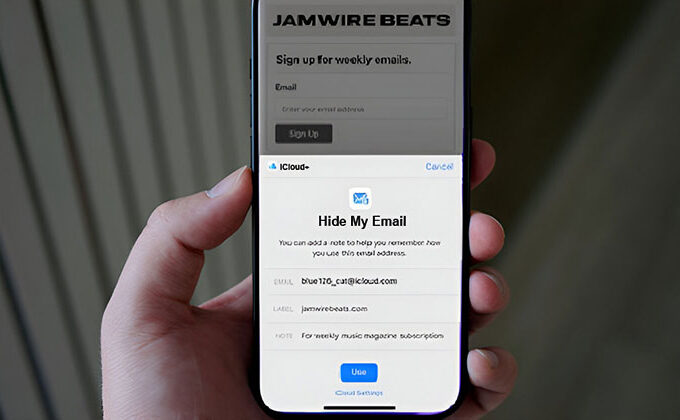Text messages have become an effective method for scammers to use text messages like these as bait, often including suspicious links, urgent bank alerts, or fake delivery notifications aimed at duping victims into divulging personal details or clicking harmful links.
We will explore how to identify a fake text message (SMS scams), identify common scam tactics, and recommend steps you can take to stay safe.
What is a Fake Text Message
A fake text message, also referred to as SMS phishing or “smishing,” is any fraudulent text sent to defraud and cheat recipients out of money or assets. These messages often look legitimate coming from banks, government agencies or recognized brands–but are part of an elaborate scheme to obtain money or personal data from people.
Common Types of Fake Text Messages
Here are some common examples of fake text message scams you should watch out for:
- Bank account alerts: Claiming unusual activity on your account.
- Package delivery notifications: Asking you to click a tracking link.
- Lottery winnings or prize offers: Saying you’ve won a contest you never entered.
- Fake job offers: Promising high income for minimal work.
- Account verification requests: Claiming your account will be locked unless you verify now.
Also read: 7 Tips to Protect Yourself from Mobile Phone Hacking
7 Ways to Identify a Fake Text Message
1. Check the Sender’s Number
Always look at the number sending the message. Scammers often use random digits, foreign and private numbers, or spoofed IDs that mimic legitimate senders. If the number is unfamiliar or oddly formatted, it’s likely a fake text message. Official companies usually use shortcodes or known contact numbers, not long, suspicious-looking strings.
2. Look for Spelling and Grammar Errors
Checking for spelling and grammar mistakes is one effective way of spotting a fake text message. Professional companies proofread their messages, while scammers often don’t. If the message contains awkward phrasing, unusual punctuation, or misspelled words, it’s a red flag. Always pause and evaluate before taking action.
3. Don’t Trust Urgent Language
Fake text messages often use panic-inducing language like “urgent,” “immediate action required,” or “your account will be locked.” These tactics are meant to create a sense of urgency so you act without thinking. Legitimate businesses rarely send alarming messages without providing context. If it sounds overly dramatic, it’s probably fake.
4. Hover Before You Click (If Possible)
On many phones, you can long-press a link to preview it before clicking. If the URL looks suspicious, misspelled, or unrelated to the supposed sender, don’t click it. Fake text messages often include malicious links designed to access and steal personal data or install malware onto a user’s system. Always inspect the link carefully before opening.
5. Be Skeptical of Links
Even when an email appears professional, never trust untrusted links. Fraudsters use shortened URLs or similar-looking domains to trick you into visiting dangerous sites. If a text from your bank or delivery service includes a link you didn’t request, ignore it and go to their official website instead.
6. Don’t Share Personal Information
A reputable company will never ask you to share passwords, PINs, OTPs, or account numbers via text. Any text message requesting personal or sensitive data could be an attempt at fraud. Fake text messages can be used to trick users into providing personal or financial data that could lead to identity theft or financial fraud. Stay vigilant.
7. Verify with the Real Source
Should a message seem disturbing to you, contact the organization through its official website or telephone number to report it immediately. For example, if the message claims to be from your bank, call the customer service number listed on their site. Verification ensures you’re not falling into a scam.
Also read: How to Spot and Avoid PayPal Email Scams
What You Should Do When You Get a Fake Text Message
- Don’t reply to the message.
- Don’t click any links.
- Report the message to your mobile carrier (forward to 7726 in many countries).
- Block the number and delete the message.
- Check your accounts for suspicious activity if you accidentally clicked or replied.
How to Protect Yourself from SMS Scams
- Don’t click on suspicious links.
- Never share personal or financial information via text message or email.
- Use spam filters and security apps.
- Keep your phone software updated.
- Report scam texts to 7726.
- Block and delete unknown messages.
- Enable two-factor authentication (2FA).
- Ignore fake offers or prize claims.
- Stay alert and educate others.
Final Thoughts — Stay Safe from a Fake Text Message
Faux text messages have become more sophisticated over time; with proper knowledge, you can avoid becoming their victim. Remain vigilant, avoid suspicious links, and always verify who sent it!
By staying informed and vigilant, you can protect both yourself and others by helping prevent SMS scams from spreading further.















Leave a comment